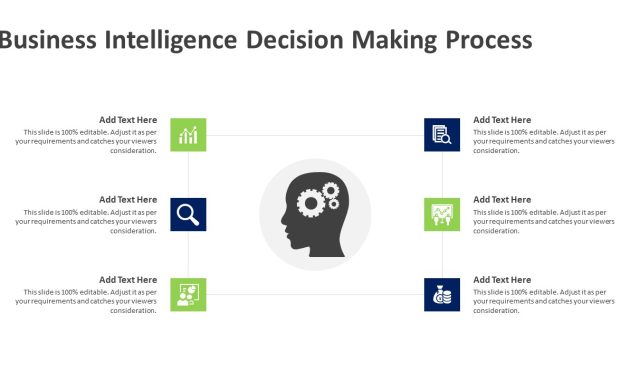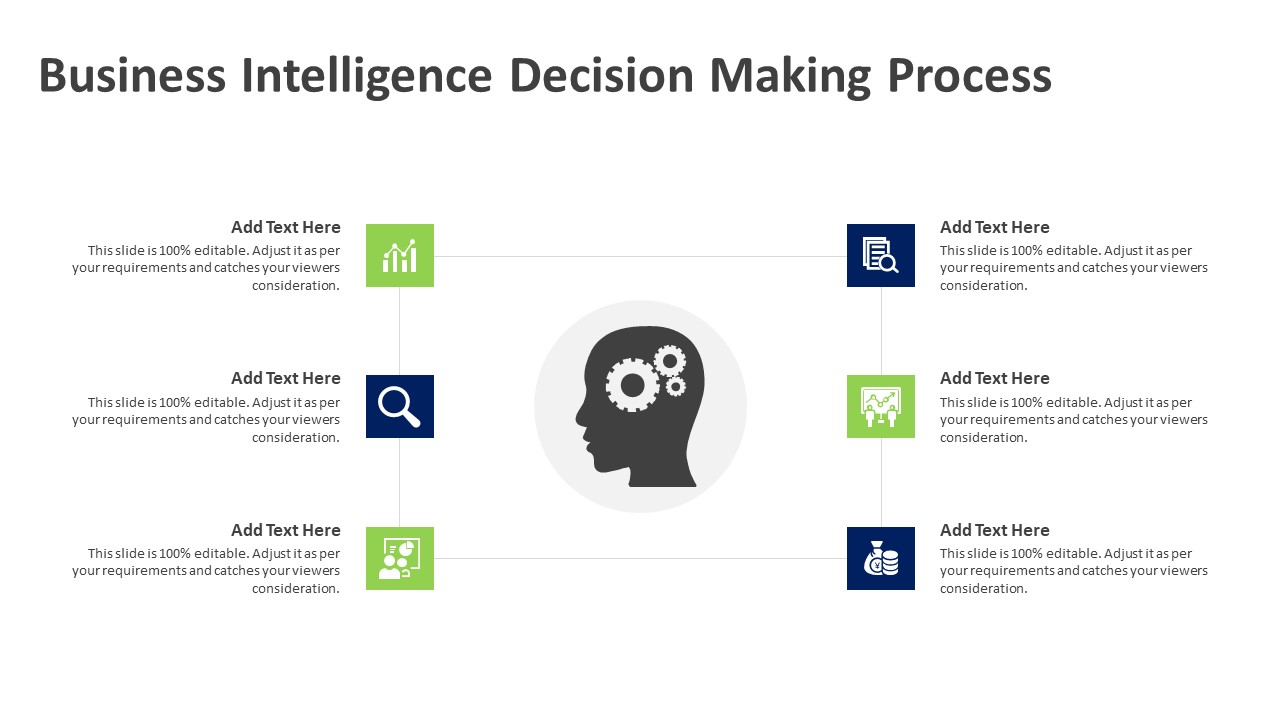
Business Intelligence Tools for Unbiased Decision Making: A Guide to Data-Driven Truth
In the fast-paced world of modern business, the ability to make informed decisions is no longer a luxury – it’s a necessity. But how do you ensure your decisions are truly informed, free from personal biases, and rooted in objective reality? The answer lies in the power of Business Intelligence (BI) tools. These powerful applications transform raw data into actionable insights, empowering organizations to make unbiased decisions. This article delves into the world of BI, exploring its benefits, the tools available, and how to leverage them for unbiased decision making.
The Imperative of Unbiased Decision Making
Human beings are inherently susceptible to biases. Cognitive biases, confirmation bias, and emotional influences can cloud judgment. These biases can lead to poor choices, missed opportunities, and ultimately, business failure. In contrast, unbiased decision making relies on facts, evidence, and data analysis. This approach minimizes the impact of subjective opinions and personal preferences. It allows for a clearer view of the situation and a more rational assessment of risks and rewards.
Understanding Business Intelligence
Business Intelligence encompasses the strategies and technologies used for data analysis of business information. It provides a historical, current, and predictive view of business operations. BI tools collect, process, and analyze data from various sources. They then present the information in a user-friendly format, such as dashboards, reports, and visualizations. This allows users to understand trends, identify patterns, and make data-driven decisions. The core components of a BI system include:
- Data Collection: Gathering data from diverse sources like databases, spreadsheets, and cloud platforms.
- Data Warehousing: Storing and organizing data in a centralized repository.
- Data Analysis: Processing and analyzing data using various techniques.
- Reporting and Visualization: Presenting insights in a clear and accessible format.
How BI Tools Facilitate Unbiased Decision Making
BI tools are instrumental in fostering unbiased decision making. They achieve this in several key ways:
- Objective Data Analysis: BI tools analyze data without personal opinions. They focus on presenting facts.
- Data-Driven Insights: Decisions are based on evidence. This minimizes guesswork and intuition.
- Transparency and Accountability: Data-driven decisions are easily traceable. This improves accountability.
- Pattern Recognition: BI tools identify trends and anomalies. This helps to avoid overlooking crucial information.
- Scenario Planning: BI tools allow for the simulation of different scenarios. This enables the assessment of various outcomes.
Key Features of Effective Business Intelligence Tools
To effectively support unbiased decision making, a BI tool should possess several key features:
- Data Integration: The ability to connect to and integrate data from various sources.
- Data Visualization: Clear and intuitive dashboards and reports.
- Advanced Analytics: Capabilities for statistical analysis and predictive modeling.
- User-Friendly Interface: Easy-to-use tools for data exploration and analysis.
- Collaboration Features: Tools to facilitate collaboration and knowledge sharing.
- Scalability: The ability to handle increasing data volumes and user demands.
- Security: Robust security measures to protect sensitive data.
Top Business Intelligence Tools for Unbiased Decision Making
Several BI tools excel at providing the data and insights necessary for unbiased decision making. The best choice depends on the specific needs of the organization. Here are some of the leading options:
- Tableau: Renowned for its powerful data visualization capabilities and user-friendly interface. Tableau empowers users to create compelling dashboards and reports.
- Power BI: Microsoft’s BI platform offers a comprehensive suite of features. It integrates seamlessly with other Microsoft products.
- Qlik Sense: Known for its associative data modeling engine, Qlik Sense allows users to explore data intuitively.
- Looker: A cloud-based BI platform that emphasizes data governance and collaboration.
- Sisense: A platform for building and deploying analytical applications. It offers powerful data processing and visualization features.
Implementing BI for Unbiased Decision Making: A Step-by-Step Approach
Implementing BI tools requires a structured approach. This ensures successful integration and maximized benefits:
- Define Objectives: Clearly identify the business goals. Determine the specific decisions that need improvement.
- Assess Data Sources: Identify all relevant data sources. Evaluate data quality and availability.
- Choose the Right Tool: Select the BI tool that best meets the organization’s needs. Consider factors like features, cost, and ease of use.
- Implement and Integrate: Set up the BI tool. Integrate data sources.
- Develop Dashboards and Reports: Create insightful visualizations. Tailor reports to the needs of the users.
- Train Users: Provide training to ensure users understand how to use the tool.
- Monitor and Refine: Continuously monitor the performance of the BI system. Make adjustments as needed.
Overcoming Challenges in BI Implementation
Implementing BI tools can present challenges. Addressing these challenges is crucial for success:
- Data Quality: Poor data quality can undermine the accuracy of insights. Ensure data accuracy and completeness.
- Data Silos: Data silos can limit the scope of analysis. Integrate data from various sources.
- User Adoption: Resistance to change can hinder adoption. Provide user training and support.
- Complexity: BI tools can be complex. Simplify the user experience.
- Cost: BI tools can be expensive. Carefully evaluate the cost and return on investment.
The Future of Business Intelligence and Unbiased Decision Making
The future of Business Intelligence is bright. Advancements in technology will further enhance the capabilities of BI tools. Artificial Intelligence (AI) and Machine Learning (ML) will play a significant role. These technologies will automate data analysis and provide even deeper insights. This will further drive the adoption of unbiased decision making. The trend towards self-service BI will continue. This will empower more users to access and analyze data. The focus on data governance and security will remain paramount.
Conclusion: Embracing Data-Driven Truth
Business Intelligence tools are essential for fostering unbiased decision making. They provide the data and insights needed to make informed choices. By embracing BI, organizations can overcome biases. They can make more rational decisions. This leads to improved performance and sustainable success. The journey toward data-driven truth is ongoing. Investing in BI tools is an investment in the future. It is an investment in a more informed and successful tomorrow. Embrace the power of data. Make unbiased decisions. Drive your business forward.
[See also: Related Article Titles]

